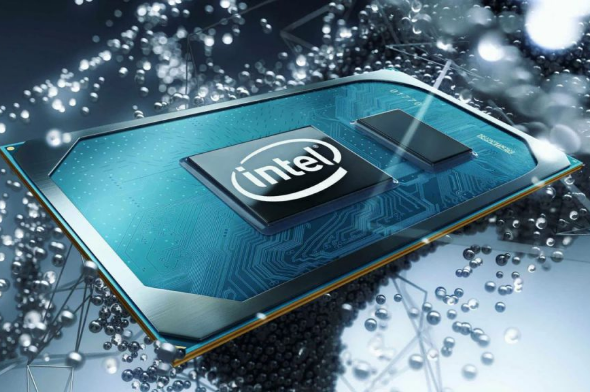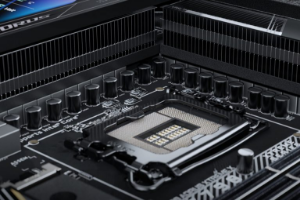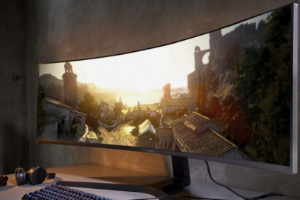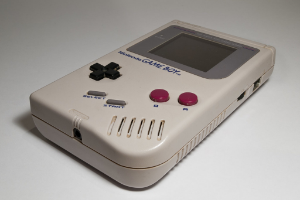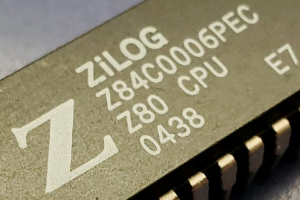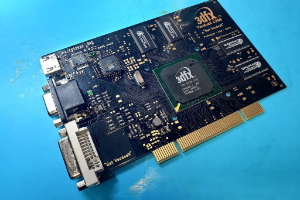Connection to DriversCloudCreate a DriversCloud.com accountReset your DriversCloud.com passwordAccount migration
Intel estimates semiconductor shortages could last more than a year
While we were hoping to see the end of it soon, Pat Gelsinger is dashing our hopes of an end to the shortages of electronic components.
For a few weeks now, the situation on the graphics card market has been easing. These cards are more frequently in stock and their prices are slowly coming down after having reached crazy heights in the middle of the shortage. We're still pretty much above the manufacturers' MSRPs and it's not like buying a graphics card is a good deal these days, but things are looking up. Or is it just a false sense of relief?
At least that's what Intel's CEO seems to think, for whom the end of shortages is clearly not in sight. It is true that in most sectors, the situation is complicated and the lack of semiconductors has, for example, an impact on automotive production. Pat Gelsinger, Intel's boss, believes that a good part of the problems we are facing today is related to a production adjustment problem, due to a lack of lithographic machines that are essential for these semiconductors.
" This is part of the reason we estimate that the semiconductor shortage will continue through 2024, contrary to our previous estimate of 2023. Simply, the shortages are now affecting equipment, and factories will find it difficult to advance their production lines." Pat Gelsinger is no longer insisting on a lack of certain resources, but rather on a problem with production lines. The latter cannot be scaled up without certain key elements.
The Intel boss is talking about the lithographic scanners used on the production lines of electronic components. The problem is that the number one in the sector, ASML, is simply not able to adjust its own production of such machines to meet demand. Yet it is stepping up its efforts and has increased its production by 18% in 2021 compared to 2020. Unfortunately, according to some specialists, in order to meet the demand, ASML would have to increase its production by 50%.
In such a context, it is almost certain that the shortage will not be solved for several months. ASML estimates that it will be able to meet all the demands for lithographic scanners at best in 2025. Intel's latest predictions of a return to a "normal" situation at best in 2024 are therefore far from far-fetched.
